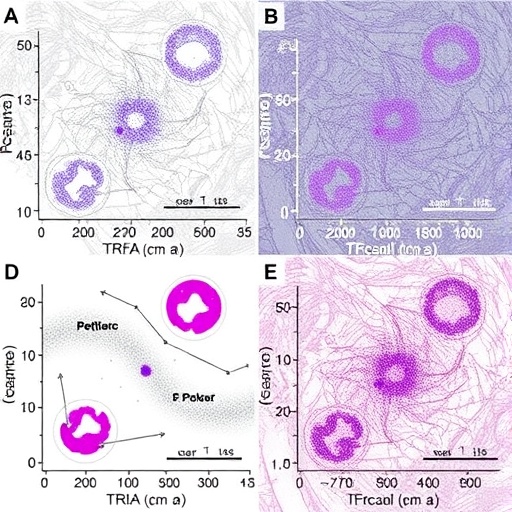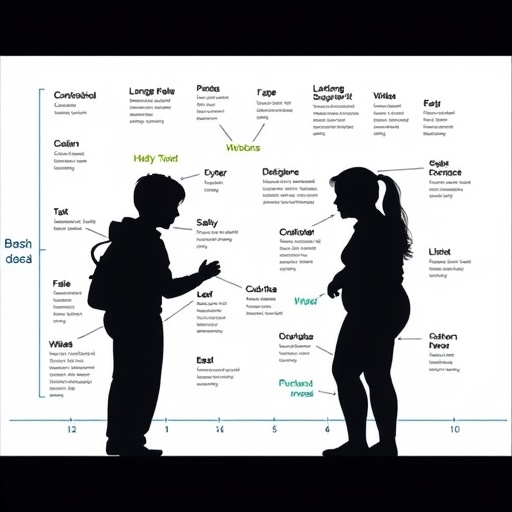WASHINGTON, March 21, 2017 — Advances in understanding polymer networks and CRISPR-inspired genome engineering tools will be the topics of a pair of Kavli Lectures at the 253rd National Meeting & Exposition of the American Chemical Society (ACS), the world's largest scientific society. The meeting will take place April 2 to 6 in San Francisco.
The presentations, which will be among more than 14,000 scheduled to take place at the meeting, will be held on Monday, April 3, from 4 to 5:10 p.m. and 5:15 to 6:30 p.m., Gateway Ballroom 103/104, Moscone Center.
The first speaker will discuss recent advances in the understanding of polymer networks and subsequent innovations in the design and application of materials. The second speaker will address CRISPR systems as the inspiration for powerful genome engineering tools with applications in medicine and agriculture.
- Bradley Olsen, Ph.D. (4 p.m.): The Kavli Foundation Emerging Leader in Chemistry Lecture "Classical challenges in the physical chemistry of polymer networks"
- Jennifer Doudna, Ph.D. (5:15 p.m.): The Fred Kavli Innovations in Chemistry Lecture "CRISPR systems: Nature's toolkit for genome engineering"
The Kavli lecture series is a result of a collaboration between ACS and The Kavli Foundation, an internationally recognized philanthropic organization known for its support of basic scientific innovation.
The American Chemical Society is a nonprofit organization chartered by the U.S. Congress. With nearly 157,000 members, ACS is the world's largest scientific society and a global leader in providing access to chemistry-related research through its multiple databases, peer-reviewed journals and scientific conferences. ACS does not conduct research, but publishes and publicizes peer-reviewed scientific studies. Its main offices are in Washington, D.C., and Columbus, Ohio.
###
To automatically receive press releases from the American Chemical Society, contact [email protected].
Follow us on Twitter | Facebook
Olsen:
Title
Classical challenges in the physical chemistry of polymer networks
Abstract
The design of polymer networks is one of the oldest and most important challenges in chemistry, impacting many of the highest volume chemical industries from rubber to adhesives to biomedical materials. However, more than any other branch of materials, networks have resisted precise characterization. This leaves many open challenges in understanding how their chemical design is linked to their physical properties. This lecture will discuss recent advances in our understanding of polymer networks held together by chemical and/or physical bonds and how this is leading to new advances in the design and application of these materials.
Stimulated by advances in optomechanochemistry, controlled polymerization of networks, and new discoveries in metrology, chemists are revisiting our classical understanding of polymer networks, leading to fundamentally new mechanisms and insights that are redefining our understanding. For example, Johnson and coworkers have developed a novel method that for the first time enables direct counting of loops within polymer gels. Using this new data, we have been able to develop and validate parameter-free theories for predicting the kinetics of network formation, accounting for defects. Using these theories, we can then develop a real elastic network theory built upon the classical phantom network theory that quantitatively accounts for network defects in calculating elastic response. Second, new measurements of diffusion in polymer gels on short length scales have yielded the stunning observation of superdiffusive dynamics in several chemically unrelated physical hydrogel systems. Using forced Rayleigh scattering (FRS) to measure self-diffusion, we show that below a certain length scale, Fickian diffusion transitions to a super diffusive regime that occurs due to the interplay between chain association/dissociation with the network and chain diffusivity. This super-diffusive behavior is quantitatively captured by simple models that illustrate how diffusion can provide a new probe for previously inaccessible relaxation dynamics in associative polymers.
Doudna:
Title
CRISPR systems: Nature's toolkit for genome engineering
Abstract
Facile genome manipulation using precision DNA and RNA recognition is transforming biology. Understanding the underlying chemical mechanisms of RNA-guided DNA and RNA cleavage provides a foundation for both conceptual advances and technology development. I will discuss how bacterial CRISPR adaptive immune systems inspire creation of powerful genome engineering tools, enabling advances in both fundamental biology and applications in medicine and agriculture.
Media Contact
Katie Cottingham
[email protected]
301-775-8455
@ACSpressroom
http://www.acs.org
############
Story Source: Materials provided by Scienmag




